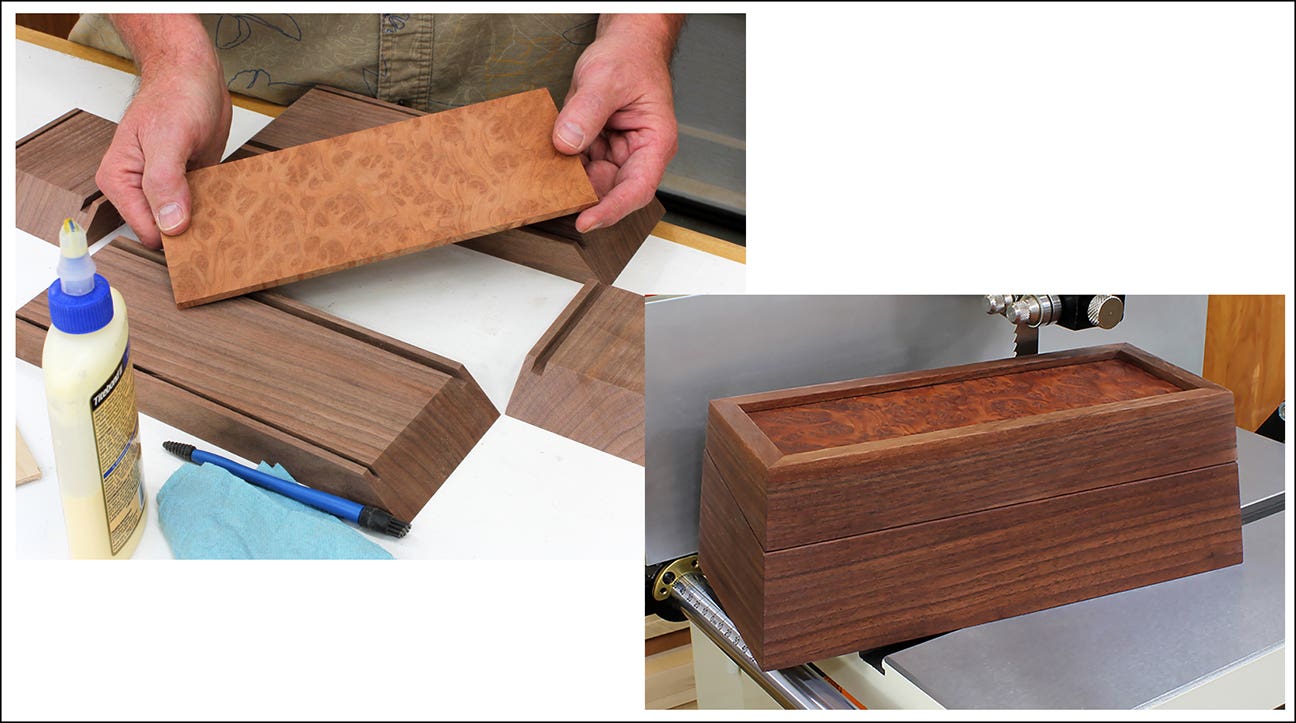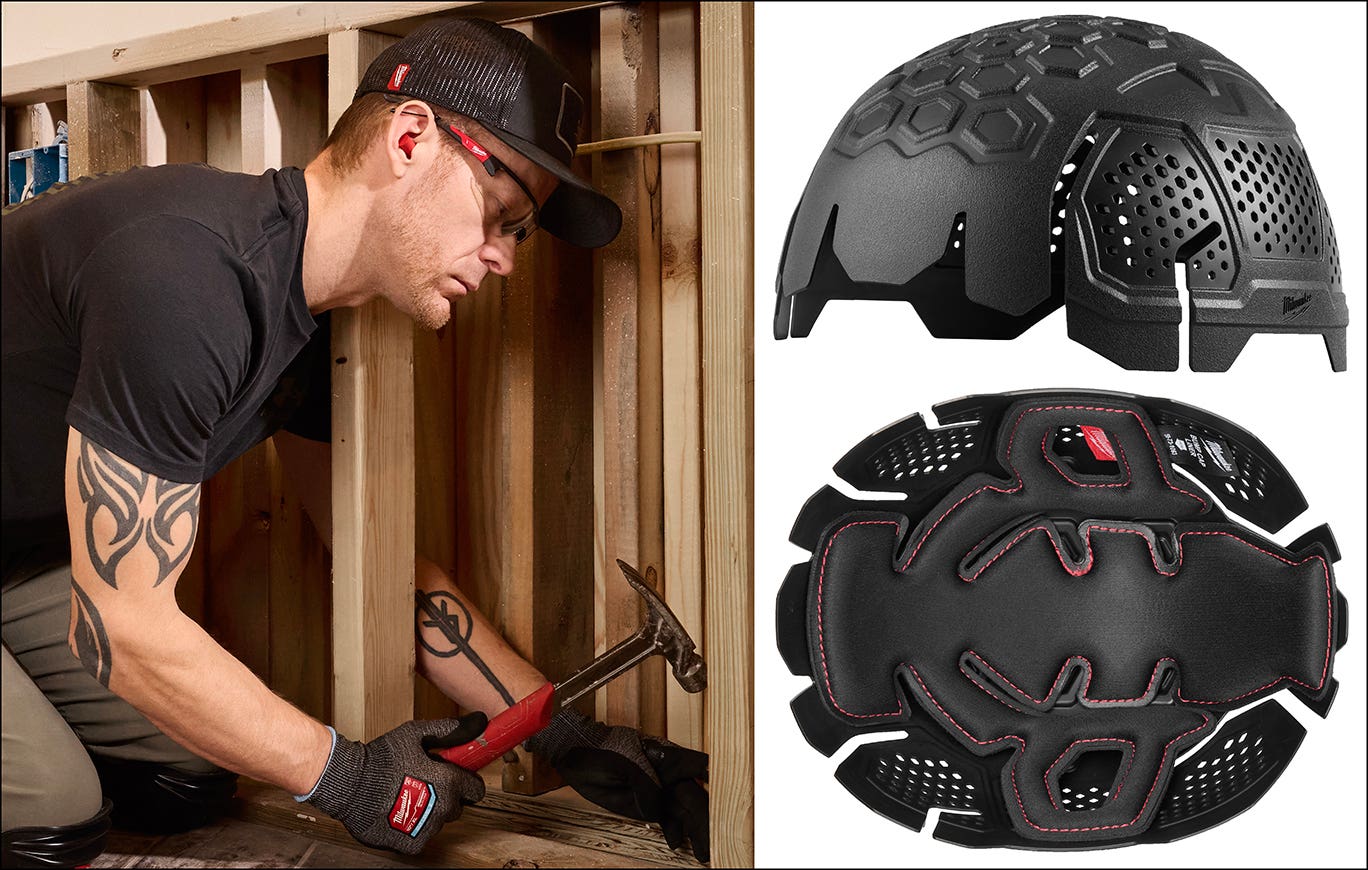An old-school way to add French polish
Not long ago, I was preparing for a class on French polishing/padding for spot repair and had to dig around the shop for the necessary ingredients. For quite a number…
Not long ago, I was preparing for a class on French polishing/padding for spot repair and had to dig around the shop for the necessary ingredients. For quite a number of years, I taught padding as a spot-repair technique for Mohawk Finishing Products, but as new products and techniques were developed I gradually deemphasized this technique.
While I enjoyed preparing the shellac (love the smell) and practicing with several different cloths (including a microfiber), the learning process for applying the clear film in a touch-up context — applying color, application of grain or figure to a repair and padding to complete the finish — was fraught with failures in the sense that I did not accomplish my goal. And sometimes I actually made the situation worse.
Padding is a more modern and perhaps less precise term than French polishing. For the purist, French polishing is a technique for applying a beautiful, thin and very smooth and glossy coating to highly figured woods, or woods such as crotch mahogany and walnut that are capable of showing depth. It requires a fairly precise cut of shellac, applied with a rubber, fad or tampon of a smooth cloth, often wrapped around a filler of cotton or rag waste. These names refer to the same object, essentially a smooth wad of cloth with no wrinkles at the surface surrounding an absorbent material that serves as a reservoir for the liquid being applied. Among craftsmen less picky about the language, it is referred to as a pad or Frenching pad.
The process generally requires the use of one of several oils, from a semi-drying oil such as linseed to non-drying oils such as mineral oil, used primarily as a lubricant. The adhesion, slipperiness, solid content, solvent bite and other characteristics of the French polish are controlled by the finisher, who adds shellac, alcohol or oil to the pad.
Popular in the 18th century for fine furniture, its use as a production technique declined significantly in the 1930s when spray technology proved to be many times faster and nitrocellulose lacquer proved more durable.
However, it is still used, mostly for repair and restoration and sometimes on custom pieces. But it is expensive and laborious. Becoming proficient requires much practice; becoming expert requires dedication; and most of the look and feel of a true French polished finish can be accomplished faster and at lower cost with a shorter learning curve by using commercial preparations of padding lacquer.
These preparations almost always contain shellac, alcohol and lubricating oil. They might also contain other resins for specific performance enhancement (such as water and scratch resistance) and other solvents and diluents to coordinate with the resins, such as toluol and naphtha. One I particularly liked used ether, which was quite fast drying — but had a tendency to put people to sleep. Nitrocellulose, phenolic resins, sandarac, copal and other natural and synthetic resins can be used for the properties they contribute.
There are many formulas currently available from finish suppliers. They vary in ease of application, solids content (the amount of film-building material for a given volume of liquid), odor, dry time and performance of the dried film. That performance will be generally inferior to modern sprayed or brushed-on lacquers and varnishes, but will be quite easily repairable and, properly applied, show off many woods to their best advantage in terms of depth, chatoyance, color and glow.
Materials and process
Here’s a brief description of one method of applying a padding lacquer to raw wood, with the intention of finishing entirely with this material. You’ll need:
• Sandpaper suitable to the wood, between 280 and 400 grit
• Tack cloth
• Padding lacquer of your choice
• Denatured alcohol
• Mineral oil
• Lint-free cotton cloth, linen cloth or a very absorbent form of microfiber cloth
Sand the wood to the finest practical grit. Tack it off thoroughly. For open-grained wood, use compressed air or a brush to remove as much dust from the pores as possible.
Take a square of the cloth sufficient to fold into a tightly compressed ball bigger than a golf ball and smaller than a tennis ball, with the loose corners pinched or twisted into a circle of your thumb and forefinger.
Wet the applying surface with the padding lacquer. Tap the pad against the palm of your opposite hand to disperse the fluid throughout the pad. Repeat as necessary to get a somewhat wet — but not dripping — applicator.
Apply the liquid to the surface of the wood by rubbing quickly with moderate pressure. You want the liquid to soak into the wood, not simply lay on the surface. Make several passes until it is obvious that the wood is wet. Take a break and store the pad in a sealable plastic bag. While you are resting, here are some hints that will save you time and effort in the future.
• Put some amount of your coating in a squeeze bottle with a twist-open spout. That will make it easy to charge your pad and prevent spills.
• Use string to tie up the loose ends of your pad and hold the shape.
• Don’t rush. You’ve just put a lot of liquid into the wood. Now let it dry. An hour is fine, but overnight is OK, too. Remember the rules about the drying conditions for evaporative coatings: temperature, humidity and air movement.
• For inside corners, carvings, or other areas that a pad can’t reach, brush on several light coats before starting the padding.
Alternative approach
You can also save time while sacrificing little in appearance by brushing or spraying on several coats of the padding lacquer, shellac or a nitrocellulose lacquer to get most of the build you will need. Allow those coats to dry thoroughly, sand or steel-wool to a smooth finish and apply the padding lacquer.
When the surface is dry, and at the same temperature as the air around it, start again with a slightly less wet surface on the pad, a lighter touch and move a bit faster. You’re looking for a shiny streak to appear as the pad passes over the wood, but be wary of excessive drag on the pad. If the pad is too wet, it will dissolve the coating already on the wood and might actually pull some of it off. In that case, you might have to let it dry hard, then sand it smooth before proceeding.
You will be applying several very thin coats, each so thin that it is dry to the touch as the pad passes. How much pressure, how fast to move the pad, how much coating is already on the wood, how dry and hard it is, and how wet your pad is all have to be in balance. Your practice is the only way to teach your eyes, mind and hand how to make this work.
Many craftsmen, myself included, like to start applying the finish in circles, then stretch out the circles into figure-eights and finally convert the figure-eights into linear strokes in the direction of the grain, never stopping the pad on the surface.
Depending on the padding lacquer used, the pad could start to drag. A few drops of mineral oil will provide lubrication. You might have to stop many times to allow the finish to harden. When you feel that you have sufficient film build for your needs, give it several hours to a day to dry further.
If excess oil exists in the finish, moisten your pad and rub it across the surface quickly and lightly in a pendulum-like motion, lifting the pad at the end of the stroke. This will also buff the surface to a higher shine. Do this carefully. This technique can also be done on the lathe.
Greg Williams, formerly senior touch-up and finishing instructor for Mohawk Finishing Products, is now a freelance instructor and consultant for finishing and touch-up. He can be reached at gregalwil@yahoo.com.
This article originally appeared in the August 2011 issue.






